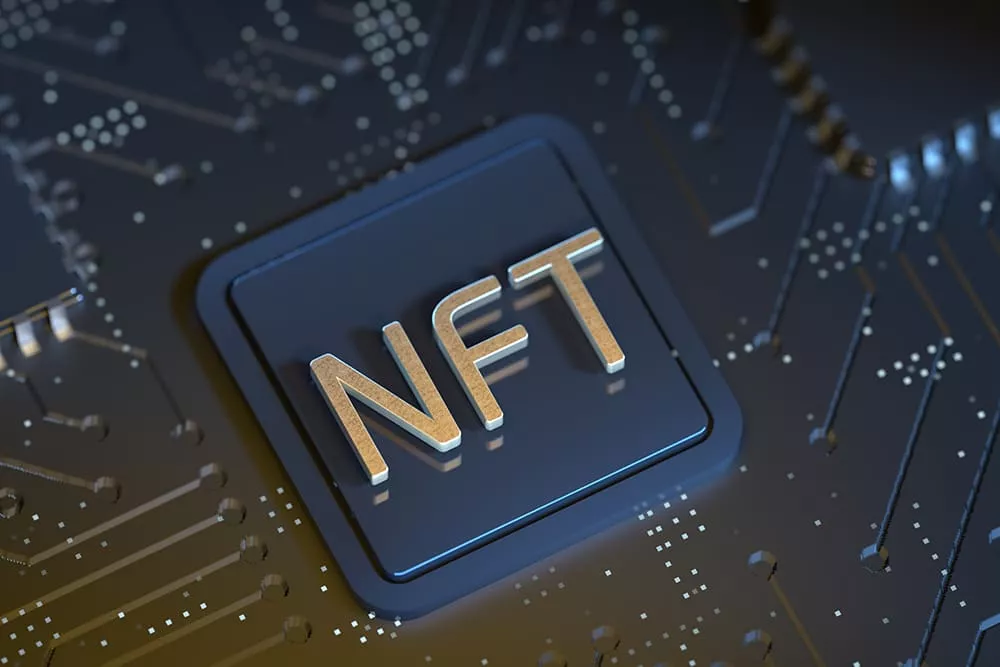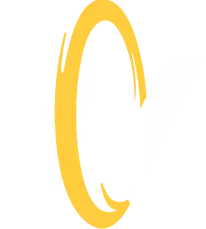A Beginner's Guide to Navigating NFT Marketplaces
In this guide, we’ll walk through the fundamentals of NFT marketplaces, explain key concepts and processes, and provide tips for getting started.The world of Non-Fungible Tokens (NFTs) has captured the imagination of artists, collectors, investors, and digital enthusiasts alike. NFTs have introduced a new way to buy, sell, and trade unique digital assets, offering unprecedented opportunities for creators and collectors to engage with digital culture. However, the rapidly growing NFT ecosystem can be overwhelming for beginners, especially when it comes to understanding how to navigate NFT marketplaces. These platforms are the core of the NFT economy, and understanding how they work is essential for anyone looking to participate.
In this guide, we’ll walk through the fundamentals of NFT marketplaces, explain key concepts and processes, and provide tips for getting started. By the end of this article, you will have a clear understanding of how to buy, sell, and create NFTs on various marketplaces, as well as a grasp of the factors that set different platforms apart.

What is an NFT Marketplace?
An NFT marketplace is an online platform where users can create, buy, sell, and trade NFTs. These platforms act as intermediaries, facilitating transactions between creators (artists, musicians, developers) and collectors (buyers, investors, enthusiasts). NFTs, unlike cryptocurrencies like Bitcoin or Ethereum, are unique digital assets that represent ownership of a specific item, such as a piece of digital art, a song, or a collectible. This uniqueness and scarcity are what give NFTs their value.
Most NFT marketplaces operate on blockchain networks, primarily Ethereum, though other blockchains like Binance Smart Chain, Solana, and Polygon are also gaining popularity. The blockchain ensures transparency, security, and immutability, making it an ideal technology for managing digital ownership.
Types of NFT Marketplaces
NFT marketplaces can generally be categorized into two main types:
-
Curated Marketplaces
Curated marketplaces often require approval for creators to list their NFTs. This process ensures that only high-quality or exclusive content appears on the platform, which can help maintain a certain level of prestige. Examples of curated marketplaces include SuperRare and Foundation, where only selected artists can sell their work. -
Open Marketplaces
Open marketplaces allow anyone to mint (create) and sell NFTs. These platforms typically have a more diverse range of content, from high-end digital art to collectibles and gaming assets. OpenSea, one of the largest NFT marketplaces, is an example of an open marketplace. Here, creators of all levels can participate, providing more variety but also requiring users to do their own research to find quality assets.
How to Choose the Right NFT Marketplace
Choosing the right marketplace depends on your goals. Are you an artist looking to sell your work? A collector interested in acquiring rare assets? Or perhaps an investor hoping to capitalize on emerging trends? Below are a few factors to consider when selecting a marketplace:
-
Blockchain Compatibility:
Each marketplace typically operates on a specific blockchain. Ethereum is the most widely used blockchain for NFTs, but other chains like Solana and Polygon offer faster transaction times and lower fees. Be sure to choose a platform that aligns with your blockchain preferences. -
Fees and Costs:
Every NFT marketplace charges fees, which may include listing fees, minting fees, and transaction costs. These fees can vary significantly between platforms. Ethereum-based platforms tend to have higher fees due to network congestion, while Solana and Binance Smart Chain often provide more cost-effective alternatives. -
Community and Support:
Some platforms have more vibrant communities than others. A strong community can offer support, visibility for creators, and potential buyers for collectors. Engaging with a marketplace that has an active user base can lead to better opportunities for both creators and collectors.
Step-by-Step Guide to Navigating NFT Marketplaces
-
Create a Digital Wallet
The first step to participating in any NFT marketplace is setting up a digital wallet. A wallet allows you to store cryptocurrencies, such as Ethereum, and NFTs. Popular wallets include MetaMask, Trust Wallet, and Coinbase Wallet. Make sure the wallet you choose is compatible with the blockchain used by the marketplace you plan to use.
Once your wallet is set up, you’ll need to fund it with cryptocurrency. Most NFT marketplaces require Ethereum for transactions, so you’ll need to purchase ETH (or another cryptocurrency, depending on the platform) and transfer it to your wallet.
-
Choose a Marketplace
After setting up your wallet, it’s time to choose a marketplace. Platforms like OpenSea, Rarible, and Foundation are popular options for beginners. Once you’ve chosen a marketplace, you’ll need to connect your digital wallet to the platform. Most platforms have an option labeled “Connect Wallet,” which allows you to link your wallet and access your funds.
-
Browse for NFTs
Once you’ve connected your wallet, you can start browsing for NFTs. Marketplaces typically categorize NFTs by type (art, collectibles, gaming, etc.), price, and popularity. Spend some time exploring the different categories to get a feel for what’s available.
If you’re looking to buy an NFT, check the listing for important details such as the artist, edition size (how many copies of the NFT exist), and price. You can also review the transaction history to see how often the NFT has changed hands and at what prices.
-
Minting NFTs
If you’re an artist or creator, you may want to mint your own NFTs. To do this, navigate to the “Create” section of your chosen platform. Here, you’ll be able to upload your digital asset (art, music, video, etc.) and add metadata, including the title, description, and any relevant attributes.
After uploading, you’ll need to pay a minting fee (known as a “gas fee” on Ethereum) to register your NFT on the blockchain. Once the transaction is processed, your NFT will be available for sale on the marketplace.
-
Buying and Selling NFTs
To buy an NFT, simply select the asset you want and click “Buy Now.” You’ll need to confirm the transaction through your digital wallet, which will deduct the appropriate amount of cryptocurrency (plus any transaction fees) from your balance. After the transaction is confirmed on the blockchain, the NFT will appear in your wallet.
If you’re selling an NFT, navigate to your account’s “My NFTs” section and list the asset for sale. You can set a fixed price or allow buyers to place bids in an auction format. Once the NFT sells, the cryptocurrency will be transferred to your wallet, minus any marketplace fees.

Avoiding Scams and Fraud in NFT Marketplaces
Like any growing digital economy, the NFT space has its fair share of scams and fraudulent activities. As a beginner, it’s essential to take steps to protect yourself. Here are some tips to avoid falling victim to scams:
-
Verify the Authenticity of the NFT:
Always ensure that the creator is verified by the marketplace. Platforms like OpenSea and Rarible mark legitimate creators with a verification badge. Additionally, you can check the smart contract address to confirm the NFT’s authenticity. -
Be Wary of Impersonators:
Scammers often impersonate well-known artists or brands by copying their profiles and selling fake NFTs. Always double-check the creator’s profile and social media accounts to confirm their identity. -
Do Your Research:
Whether you’re buying an NFT or participating in a new platform, always do your own research. Learn about the creator, the project’s roadmap, and the platform itself before making any financial commitments.
The Importance of Community in NFT Marketplaces
The NFT space thrives on community. Whether you're a creator, a collector, or an investor, being part of an active, engaged community can greatly enhance your experience. Communities foster trust, provide valuable information, and drive demand for specific projects.
Many NFT platforms, like Wondoria, recognize the power of community and integrate community-driven features into their marketplaces. Wondoria, for example, is an NFT aggregator that pulls data from over 180 marketplaces, offering users a comprehensive view of the best prices and deals across multiple platforms. By leveraging the power of its community, Wondoria enhances the user experience, providing better access to information and increasing opportunities for successful trades.
Being part of a community allows you to learn from others, gain insights into upcoming projects, and build relationships with creators and collectors. Many NFT communities are built on social platforms like Discord and Twitter, where members can engage in real-time discussions about trends, upcoming drops, and emerging artists.
NFT Marketplaces and the Future of Digital Ownership
NFT marketplaces are much more than platforms for buying and selling digital assets; they are central to the future of digital ownership. NFTs represent a paradigm shift in how we view, create, and trade digital goods. As technology evolves, the capabilities of NFTs will expand, creating new opportunities for creators and collectors alike.
The integration of NFTs into industries like gaming, music, and virtual real estate is already underway. Marketplaces are at the forefront of this evolution, facilitating transactions and enabling creators to monetize their work in new and innovative ways. As these platforms continue to grow and evolve, they will play a crucial role in shaping the future of the digital economy.
Conclusion
Navigating the world of NFT marketplaces can seem daunting at first, but with the right knowledge and tools, it becomes a rewarding experience. Whether you’re looking to create, buy, or sell NFTs, understanding how these platforms work is key to success. From setting up your digital wallet to choosing the right marketplace and engaging with the community, this guide has provided a comprehensive overview of the essential steps for navigating NFT marketplaces.
